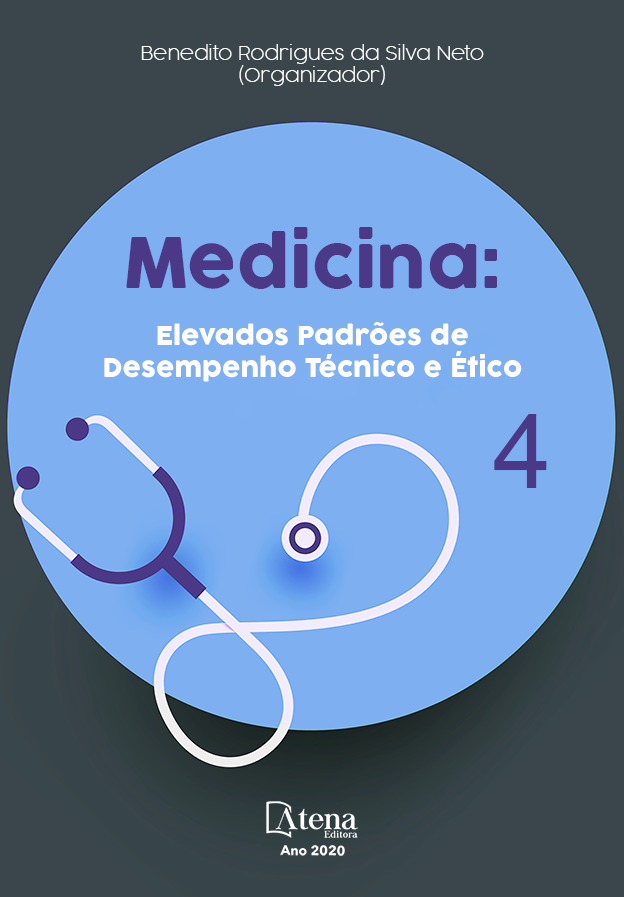
CERATOCONJUNTIVITE CAUSADA POR ADENOVÍRUS: A HISTOPATOLOGIA DA CONJUNTIVITE VIRAL
Introdução A conjuntiva é uma mucosa delgada e transparente, que se expande através da junção corneoescleral na margem periférica da córnea, atravessa a túnica conjuntiva do bulbo e cobre a túnica conjuntiva palpebral. É normalmente colonizada por uma flora bacteriana em equilíbrio ativo com as defesas do organismo. Entretanto, quando ocorre um desequilíbrio dessa flora, surge uma inflamação conjuntival, caracterizada por vasodilatação, infiltração celular e exsudação. Os adenovírus são agentes frequentes de conjuntivite viral folicular aguda, apresentando duas formas clínicas oftalmológicas mais comuns, a febre faringoconjuntivaI e ceratoconjuntivite epidêmica (CEC), foco do presente estudo, altamente contagiosas por um período de até doze dias após o quadro agudo. A CEC apresenta-se como conjuntivite folicular aguda com sintomas graves: infecção conjuntival grave, lacrimação, secreção e formação folicular, envolvendo a superfície ocular e córnea. Objetivo Elucidar a histopatologia da ceratoconjuntivite causada por adenovírus. Metodologia O estudo foi obtido por meio de pesquisas nas bases de dados científicos na área da saúde: PubMed e SciELO, com os descritores “Keratoconjunctivitis" AND "Histopathology", obtendo-se 67 artigos, desses foram selecionados 17, pela inclusão de filtros por data de publicação e avaliabilidade dos textos, restando 5 artigos que contribuíram com o estudo. Resultados e discussão Patologicamente, o paciente adquire conjuntivite folicular unilateral que pode ou não envolver o olho contralateral. Muitas vezes existe dificuldade na visualização dos folículos, principalmente na fase aguda, em função da inflamação intensa. Ademais, a ceratite, pode acometer a acuidade visual, gerando infiltrados subepiteliais, enquanto a febre faringoconjuntival manifesta-se com febre de início súbito, faringite, conjuntivite folicular bilateral e inflamação do gânglio pré-auricular. Conclusão Conclui-se a validação dos estudos histopatológicos na conjuntivite viral, os quais colaboram com pesquisas e projetos científicas para aprimorar o conhecimento da doença, a fim de coibir a disseminação de patologia infectocontagiosa, evitar comorbidades e o comprometimento do processo saúde-doença.
CERATOCONJUNTIVITE CAUSADA POR ADENOVÍRUS: A HISTOPATOLOGIA DA CONJUNTIVITE VIRAL
-
DOI: 10.22533/at.ed.6792012114
-
Palavras-chave: Histopatologia, infecção conjuntival, vírus.
-
Keywords: Histopathology, conjunctival infection, virus.
-
Abstract:
Introduction The conjunctiva is a thin and transparent mucosa, which expands through the corneoscleral junction on the peripheral edge of the cornea, crosses the conjunctiva of the bulb and covers the palpebral conjunctiva. It is normally colonized by bacterial flora in active balance with the body's defenses. However, when there is an imbalance of this flora, conjunctival inflammation appears, characterized by vasodilation, cell infiltration and exudation. Adenoviruses are frequent agents of acute follicular viral conjunctivitis, presenting two most common ophthalmic clinical forms, pharyngoconjunctive fever and epidemic keratoconjunctivitis (CPB), the focus of the present study, highly contagious for a period of up to twelve days after the acute condition. CPB presents as acute follicular conjunctivitis with severe symptoms: severe conjunctival infection, lacrimation, secretion and follicular formation, involving the ocular surface and cornea. Objective Clarify the histopathology of keratoconjunctivitis caused by adenovirus. Methodology The study was obtained through research in the scientific data bases in the health area: PubMed and SciELO, with the descriptors “Keratoconjunctivitis" AND "Histopathology", obtaining 67 articles, of which 17 were selected, by including filters by date of publication and evaluability of the texts, leaving 5 articles that contributed to the study. Results and discussion Pathologically, the patient acquires unilateral follicular conjunctivitis that may or may not involve the contralateral eye. There is often difficulty in visualizing the follicles, especially in the acute phase, due to intense inflammation. In addition, keratitis can affect visual acuity, generating subepithelial infiltrates, while pharyngoconjunctival fever manifests with sudden onset fever, pharyngitis, bilateral follicular conjunctivitis and inflammation of the pre-auricular ganglion. Conclusion We conclude the validation of histopathological studies in viral conjunctivitis, which collaborate with research and scientific projects to improve knowledge of the disease, in order to curb the spread of infectious disease, avoid comorbidities and compromise the health-disease process.
-
Número de páginas: 2
- Suyane Del Vecchio Silva
- Larissa Barbosa Caldas Costa
- Marina Pitta Duarte Cavalcante
- Sabrina Gomes de Oliveira
- Ana Laura Araujo Valença de Oliveira
- Meyrielle Santana Costa


